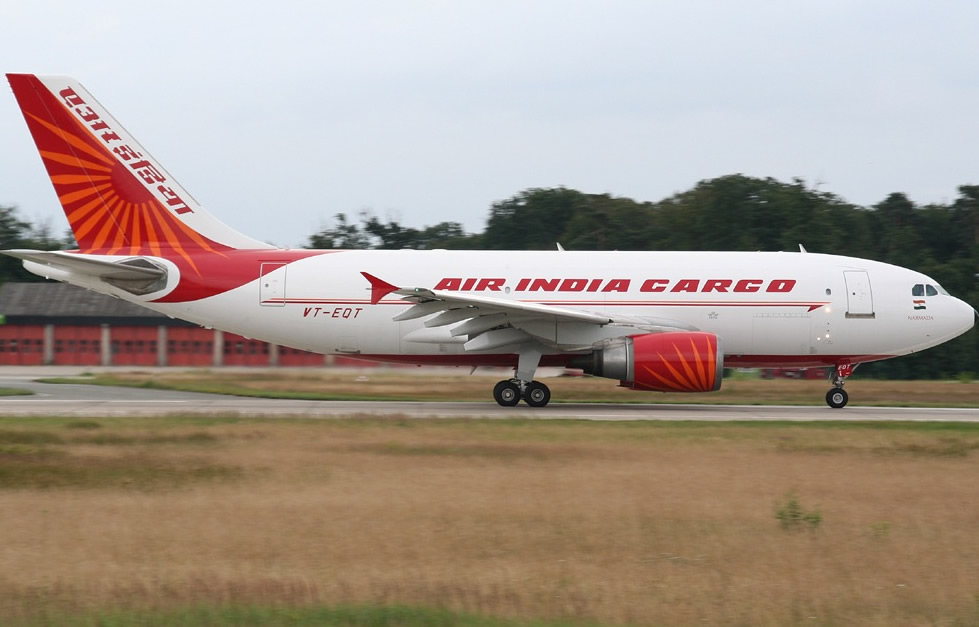2. Turboprop Engine
In this engine, a higher proportion of the total available pressure drop from the combustion chamber to the atmosphere is taken through the turbine and a smaller proportion through the propulsive nozzle. This strategy produces excess power in the turbine. The excess power is used not only to drive the compressor, but also to drive a propeller, in the same way as in the conventional reciprocating engines. Here the major portion of the thurst is generated by the propeller.
3. Turbofan Engine
 |
This is another variety of gas-turbine aircraft engine. This is very similar to the turboprop in principle, except that a fan is used instead of a propeller, and this fan is contained within a duct as shown in the above figure. Most airliners use modern turbofan engines because of their high thrust and good fuel efficiency. Figure below shows the picture of Boeing 747 aircraft that uses a turbofan engine. In a turbofan engine , the air is sucked by the engine inlet. Some of the incoming air passes through the fan and continues on into the core compressor and then the burner, where it is mixed with fuel and combustion occurs. The hot exhaust passes through the core and fan turbines and then out the nozzle, as in a basic turbojet. The rest of the incoming air passes through the fan and bypasses, or goes around the engine, just like the air through a propeller. The air that goes through the fan has a velocity that is slightly increased from free stream. So a turbofan gets some of its thrust from the core and some of its thrust from the fan. The ratio of the air that goes around the engine to the air that goes through the core is called the bypass ratio. Because the fuel flow rate for the core is changed only a small amount by the addition of the fan, a turbofan generates more thrust for nearly the same amount of fuel used by the core. This means that a turbofan is very fuel efficient. In fact, high bypass ratio turbofans are nearly as fuel efficient as turboprops.
 |
Boeing 747:Typical example of a Turbofan Engine |
4. Ramjet Engine
At higher forward speeds, the ram pressure of the air is already very large, and the necessity for a compressor tends to disappear. A turbojet engine minus the compressor and turbine, but with a combustion chamber, is known as a ramjet engine. Such engines simply consists of
- A duct designed to diffuse the incoming air, slowing its velocity and raising its pressure
- A combustor, designed to heat the air, normally by combustion with a liquid fuel
- A nozzle, designed to expand and accelerate the heated gases rearwards
The ramjet engine does not accelerate itself from a standing start but requires some other form of propulsion, usually a rocket, to accelerate it to near its operating speed.
|